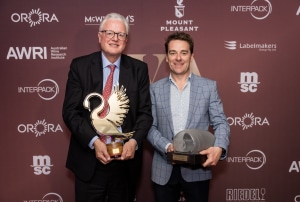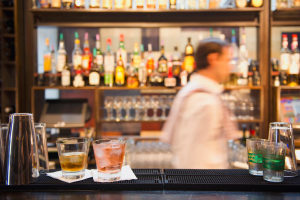Whoever ends up becoming the new owner of the OI Glass business in Australia & New Zealand, will face tough demand conditions over the next two to three years, writes industry analyst and director of Margin Partners, Paul Allen, in this exclusive report for PKN.
As previously reported in PKN, the ANZ assets of Owens-Illinois are up for sale, and now in the third and final round of bidding. Visy has thrown its hat in the ring, along with two private equity firms.
Recent announcements from key stakeholders paint a less than rosy outlook for glass packaging volumes in the Australia New Zealand region.
The current state of play
Orora and OI Glass supply roughly one million tonnes of domestic glass per annum. Domestic demand closely matches domestic supply.
Total glass demand is apportioned across key categories as follows :
- 40 per cent beer
- 40 per cent wine (60 per cent export and 40 per cent domestic)
- 7.5 per cent food
- 7.5 per cent soft drinks
- 5 per cent spirits
Wine Australia has highlighted a 5 per cent decline in packaged export sales in 2019. This equates to a 12,000 tonne decline in glass, which is expected again in 2020.
Locally, domestic wine consumption declined by circa 1.75 per cent in 2019 or 2,800 tonnes of glass.
Beer sold in glass, traditionally 70 per cent of all packaged beer, recorded an approximate 3 per cent dip in 2019 or -12,000 tonnes.
Worse still the growth of craft beer, much of which is sold in cans, is forecast to accelerate.
Add it all up and it’s looking like a 3 per cent decline in demand or roughly 30,000 tonnes p/a for the domestic glass makers. Even then, some may label this as conservative given the forthcoming impact of fire/smoke damage on grape production and the worsening Coronavirus impact on wine exports into Asia.
OI Glass results
Beyond the market impacts, the future new owner will also be reflecting on the just published OI Glass trading results for FY 2019. It’s a shattering read. The Asia Pacific division of OI Glass, of which the soon-to-be-sold ANZ business accounts for the bulk of revenue, recorded sales of US$634m in 2019. This is down from $675m in 2018 or -6 per cent. Worse still, 2019 profit was just $29m or a 4.4 per cent return on sales. Alarmingly, this is a 34% decrease on the 2018 profit result of $44m.
To give this 2019 profit result context, OI has a WACC (weighted average cost of capital) of 7.69 per cent. The WACC is the rate that a company is expected to pay on average to all its security holders to finance its assets and is commonly referred to as the firm's cost of capital. The ANZ assets of OI Glass are being sold because they are simply not paying their way.
Anyone who buys OI Glass ANZ will either need cheaper capital or a big appetite for a major operational turnaround.






